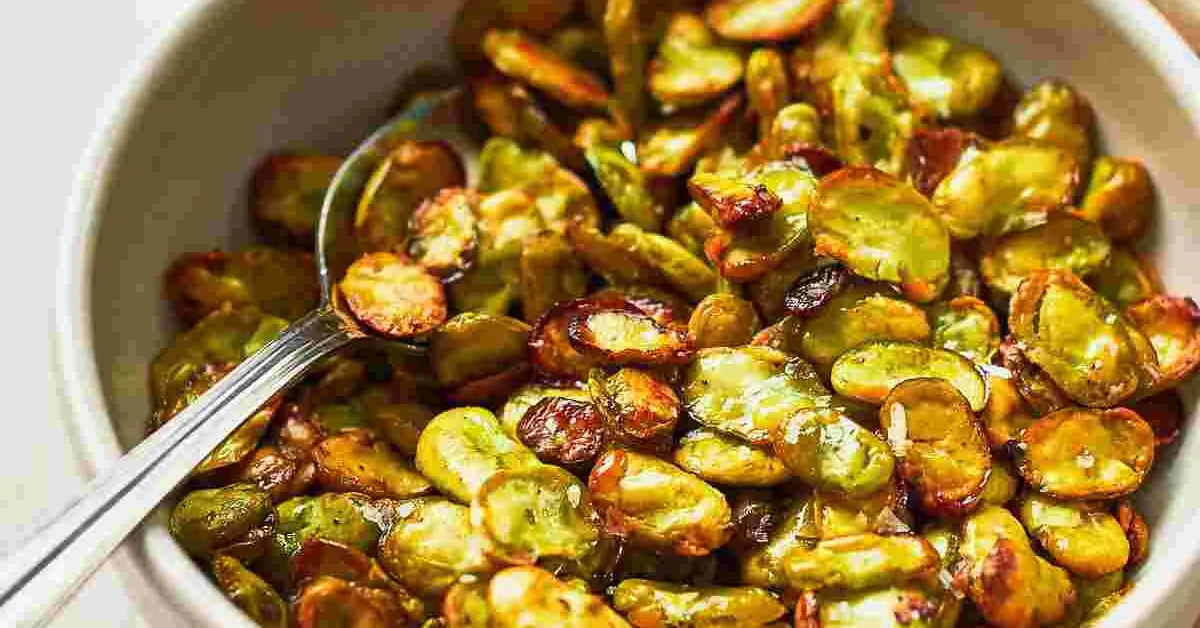Kenya Revives Broad Bean Cultivation to Enhance National Nutrition

Kenya is reviving the previously abandoned cultivation of broad beans to improve food and nutritional well-being for communities and their livestock.
This effort, announced by senior officials, represents a strategic approach to revitalizing a crop that had been previously abandoned despite its considerable nutritional value. Benson Muturi, a fodder crops researcher and livestock nutritionist at the Kenya Agricultural and Livestock Research Organization (KALRO), reveals that the government has formed partnerships with private researchers to distribute seedlings to farmers for cultivation. These composite seeds are available for purchase at KALRO centres, with researchers actively disseminating information on broad bean cultivation and offering guidance on optimal husbandry practices to maximize yields.
The outreach efforts to promote broad bean farming are comprehensive, utilizing various channels to reach farmers across Kenya. These include presentations at Agricultural Society of Kenya shows, farmers' field days, and direct engagement with farmers through visits to Self Help Groups and cooperative society meetings. Additionally, social media platforms are being leveraged to connect with younger farmers, ensuring a broad spectrum of the agricultural community is informed and involved. Broad beans, scientifically known as Vicia faba, were initially introduced by European settlers before the 1960s but subsequently fell out of favour among Kenyan farmers.
However, recent field trials have demonstrated their adaptability to various altitudes across the country by performing well in diverse regions. This versatility makes broad beans an attractive crop for cultivation throughout Kenya. The plant offers multiple benefits, serving as both a valuable fodder crop and a nutritious food source for human consumption. As fodder, broad beans reach their optimal harvesting stage for herbage at three months, yielding approximately six metric tons per hectare. The protein-rich herbage can be combined with energy crops like maize silage and Napier grass to enhance milk production in dairy cows and goats. The plant's high nutritional content, including significant levels of protein, calcium, phosphorus, magnesium, and zinc, contributes to improved milk quality, animal fertility, and overall health.
For human consumption, broad beans provide versatile culinary applications. The green pods can be consumed raw in salads, while the dried beans can be milled and incorporated into wheat or maize flour to boost the protein content of various food products. This dual-purpose nature of broad beans makes them an exceptionally valuable crop for addressing both livestock feed needs and human nutritional requirements. Beyond its nutritional benefits, broad bean cultivation offers environmental advantages. As a leguminous plant, it contributes to soil health through nitrogen fixation, reducing the need for chemical fertilizers and promoting sustainable farming practices. The plant's ability to regenerate after harvesting allows for multiple harvests per year, further enhancing its agricultural value.
The reintroduction of broad bean farming aligns with Kenya's broader agricultural strategy and Vision 2030, which aims to transform the country into a middle-income nation with a high quality of life for its citizens. By focusing on this versatile crop, the government seeks to enhance agricultural productivity, sustainability, and economic opportunities, particularly for young farmers and entrepreneurs. Despite its numerous advantages, broad bean cultivation does face challenges, such as susceptibility to aphid attacks. However, these issues can be managed through appropriate pest control measures, including insecticide application when necessary.














Add new comment